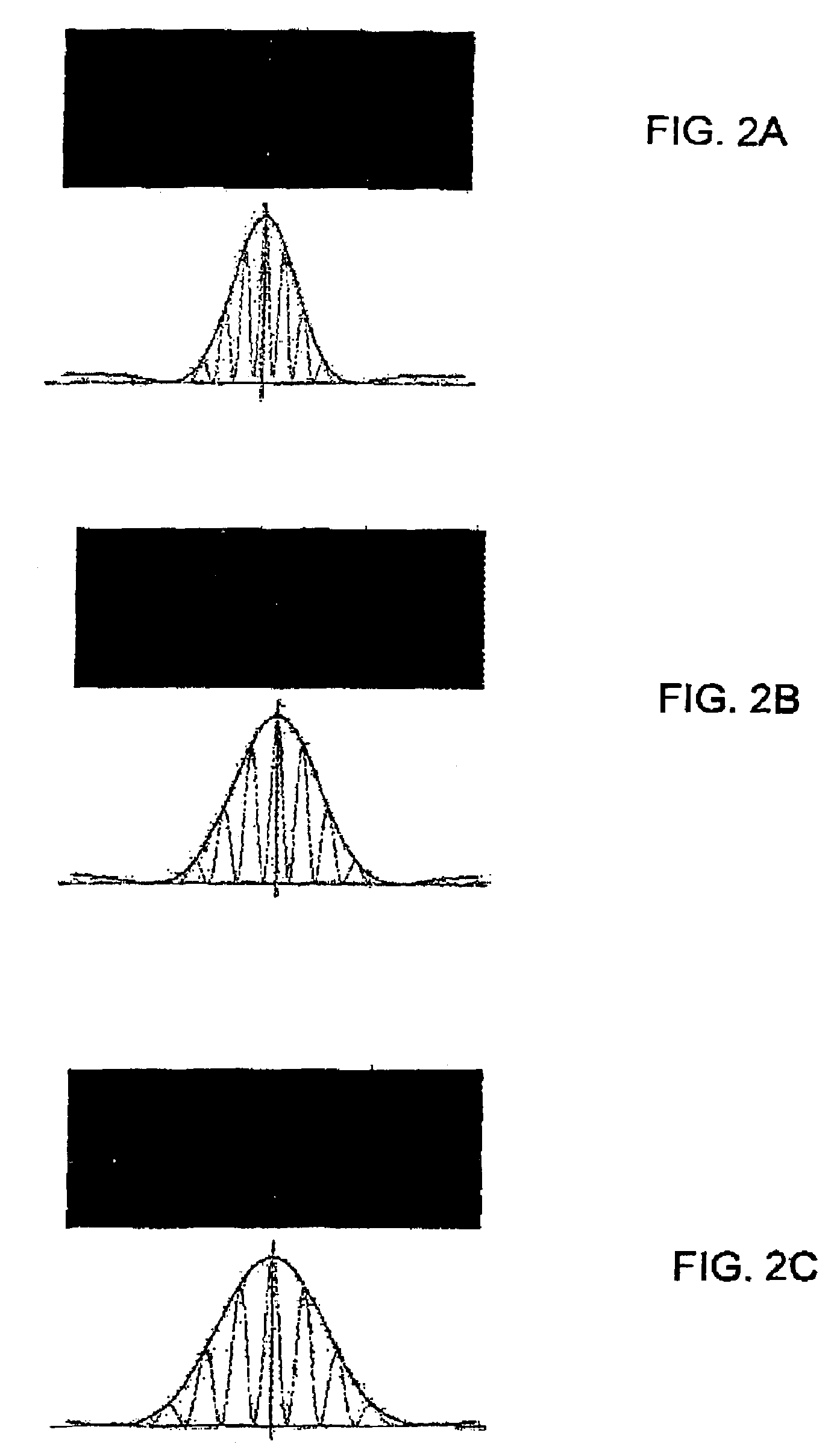Radio frequency data carrier and method and system for reading data stored in the data carrier
a data carrier and radio frequency technology, applied in the field of article identification and authentication, can solve the problems of limiting the use of words in coding the bar code, affecting the accuracy of data processing, so as to achieve the effect of improving the information density
- Summary
- Abstract
- Description
- Claims
- Application Information
AI Technical Summary
Benefits of technology
Problems solved by technology
Method used
Image
Examples
Embodiment Construction
[0058]The principles and operation of the information-carrying multi-bit data carrier and identification system according to the present invention may be better understood with reference to the drawings and the accompanying description, it being understood that these drawings and examples in the description are given for illustrative purposes only and are not meant to be limiting. The same reference numerals will be utilized for identifying those components which are common in the multi-bit data carriers shown in the drawings throughout the present description of the invention.
[0059]Referring now to the drawings, FIG. 1A illustrates a data carrier 10 according to one embodiment of the invention. The data carrier 10 comprises a substrate layer 11 whose surface is patterned to have a diffraction element 12. It should be noted that the relative size and position of the diffraction element 12 are shown in FIG. 1 only as a non-limiting example, and are not drawn to scale. The element 12 ...
PUM
 Login to View More
Login to View More Abstract
Description
Claims
Application Information
 Login to View More
Login to View More - R&D
- Intellectual Property
- Life Sciences
- Materials
- Tech Scout
- Unparalleled Data Quality
- Higher Quality Content
- 60% Fewer Hallucinations
Browse by: Latest US Patents, China's latest patents, Technical Efficacy Thesaurus, Application Domain, Technology Topic, Popular Technical Reports.
© 2025 PatSnap. All rights reserved.Legal|Privacy policy|Modern Slavery Act Transparency Statement|Sitemap|About US| Contact US: help@patsnap.com



